These aren’t necessarily the five best cars on sale; they’re the five cars we like best, which is a rather different thing.
Correctly, choosing them required extended wrangling, and at one time or another any of the top nine could have made the cut. In particular, some of us still can’t believe that the Ford Fiesta 1.0T Ecoboost and Ferrari 488 GTB didn’t make the final reckoning, and I’m one of them.
Read our bottom 10 cars on sale today
But no one could begrudge the five we chose to knock into a final order. We have a hatchback, a small sports car, an SUV, a race-track refugee and a pure supercar, but finding the common threads they share isn’t difficult. As driving machines, all are exceptional for the kinds of car they are, but there is something more fundamental here. Their most important bond is the way each was designed by teams who barely looked up when the class standard had been met, paused briefly to sneer at the class best and then just kept going, farther than would have been required for success in the marketplace. That is how the merely excellent becomes the truly exceptional. And that is why these five are here.
5 - Land Rover Range Rover Sport
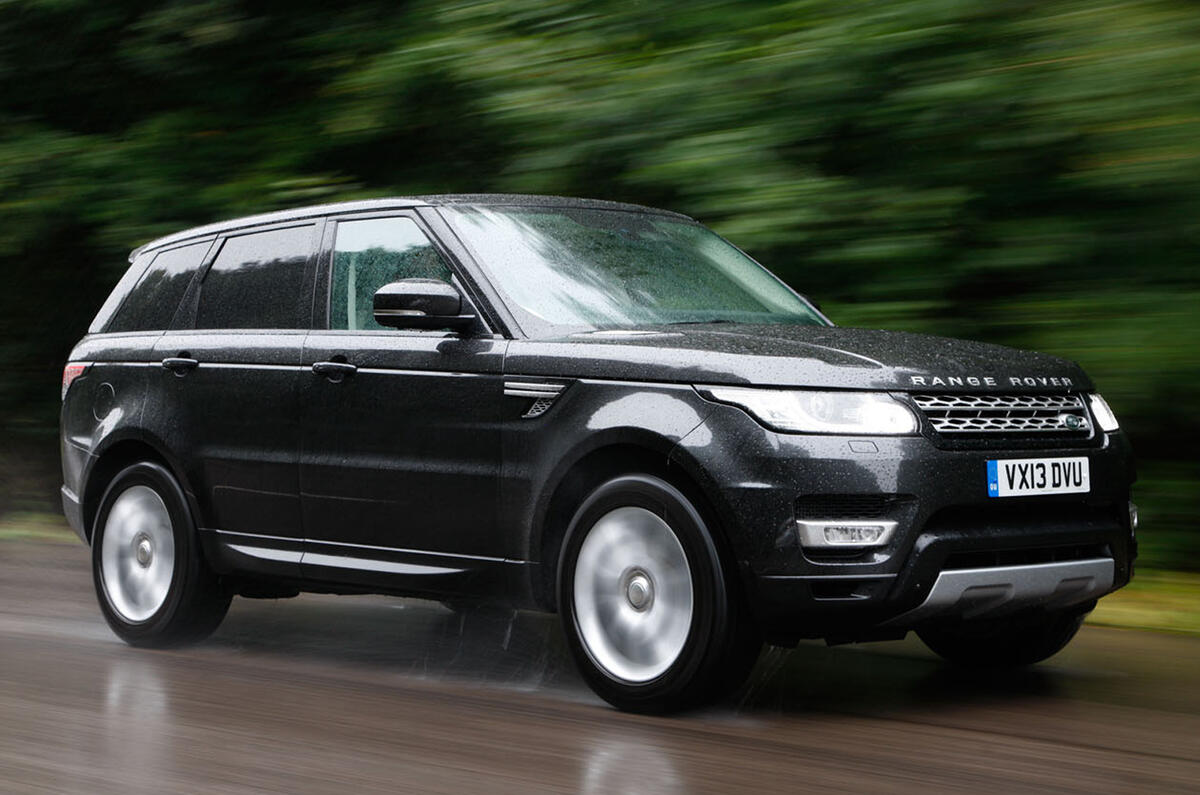
Land Rover really didn’t need to make the Range Rover Sport this good. Its predecessor was by far its weakest product but, at least until the Evoque turned up, easily its most profitable. People just loved the idea.
The Sport should be a terrible compromise, because its brief seems impossibly wide. Here is a car charged with being the first seven-seat Range Rover yet somehow also the best to drive. It must also do all those things Range Rovers are able to do off road, even if they’ll never actually do them, while making the right statement about the person behind the wheel. The fact that it achieves these disparate, conflicting objectives shows not only the skill of its designers and engineers but also the scope that remains within the SUV genre for standards to improve.
But anyone who wants a slice of its action is going to have to do it the hard way. The Sport didn’t just happen; it came about through the making of tough engineering choices, such as adopting an expensive aluminium monocoque in order to save 400kg. The talent required to design a cabin that’ll keep happy both modernists and traditionalists doesn’t grow in window boxes; nor, for that matter, does that needed to tune the chassis of a still heavy car to provide a ride and handling balance beyond the capabilities of any other in the class.
The Range Rover Sport was so useful when we shot these pictures, carrying all the kit and providing a stable platform for the photographer, that it was easy to forget it wasn’t part of the crew but actually taking part. But that’s what defines its magic: whatever you’re doing, wherever you’re doing it, the Range Rover Sport just works.
4 – Mazda MX-5
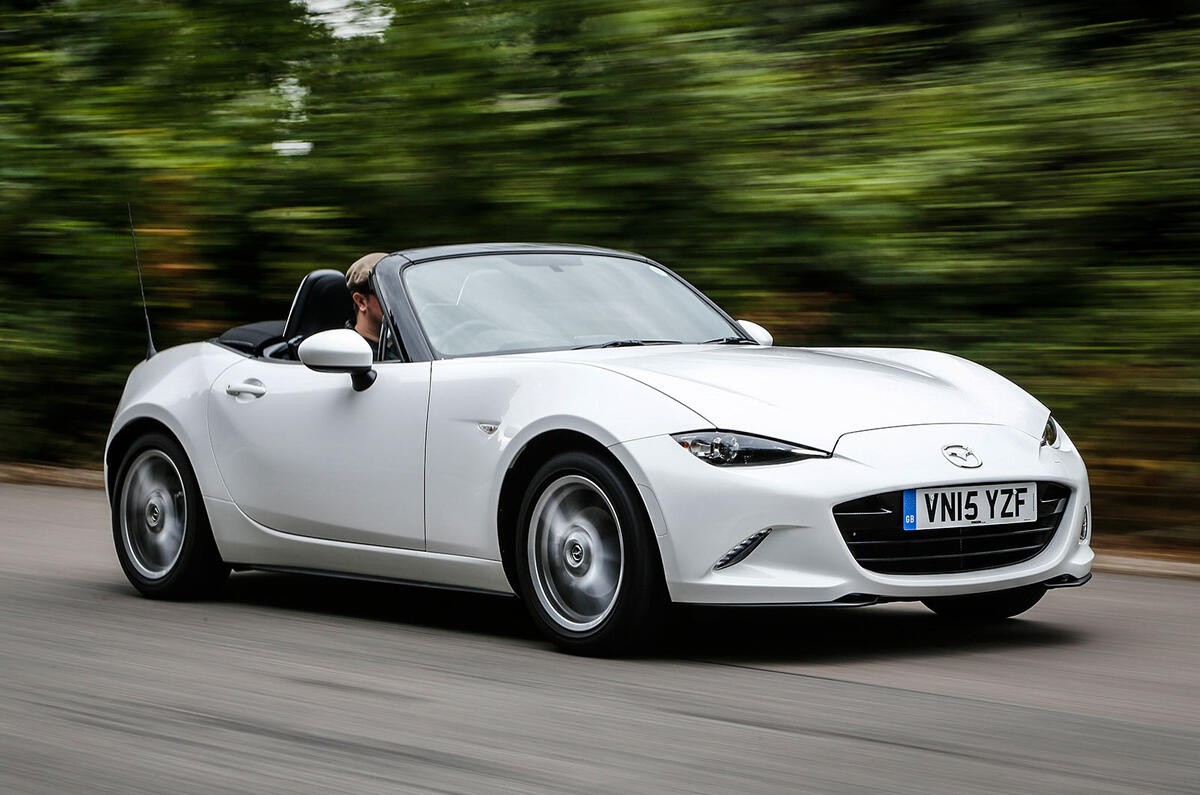
Justin Hawkins, the famously falsetto lead singer of The Darkness, once described the band’s music as “rock, with the benefit of hindsight”. And since 1989 you could have described the Mazda MX-5’s take on the traditional English sports car in much the same way.
Today, 27 years on, what we have is an MX-5 with the benefit of hindsight. My guess is that when those responsible for it were brainstorming, they didn’t dwell too much on the reasonable second-generation and really rather good third-generation cars. From the feel of it, what they wanted was to capture the spirit of the original and then redefine it for the present day.
It seems so easy, doesn’t it? A traditional front-engined, rear-wheel-drive sports car with a choice of two small, normally aspirated engines in a simple two-seat roadster body. But it wasn’t easy, and you can see the insane efforts made in everything it does.
For a start, the Mk4 MX-5 is so light that the standard 1.5-litre engine will provide more than enough performance for most. In a car made to modern crash standards with all the requisite roll protection, airbags and crumple zones, that is incredible. You know that every bolt, bracket, gadget and widget has had to fight for its place on the car.
But it is also perfectly balanced and equipped with the best manual gearbox on sale and the cleverest roof mechanism. Meanwhile, if you really want to load it with goodies, from sat-nav to bum warmers, that option is available to you, too.
More than anything, however, the MX-5 is here to prove that you don’t need 500bhp or even 300bhp to enjoy your car these days. You don’t need to be a millionaire, either. You just need to appreciate simple, honest, exquisite engineering. And an MX-5.
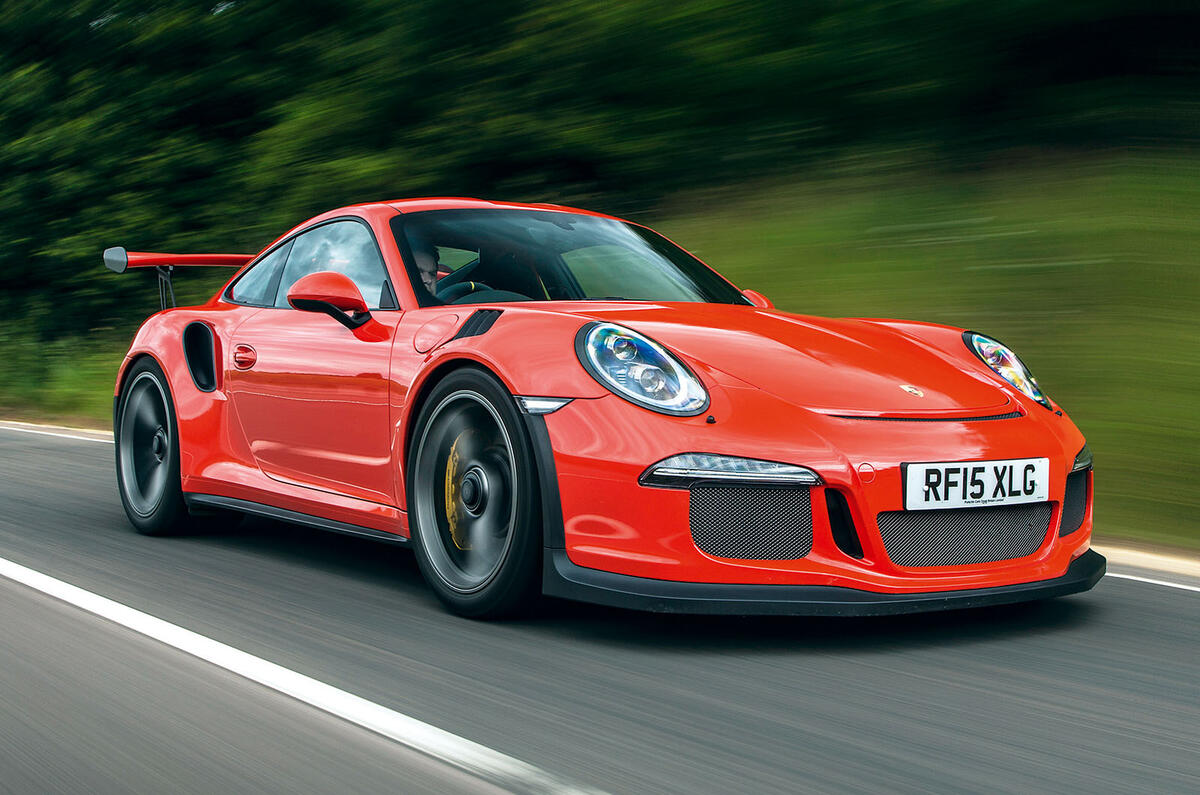
A single point. That’s all that separated the 911 GT3 RS from a shot at the title. If just one judge had put it just one place higher on his list the Porsche would, at worst, have tied for the lead.
I got to the mountains early because, well, I was in a GT3 RS and there aren’t many better ways of ensuring punctuality. So I went for a quick run down the road. To be let loose in a pristine environment, devoid of other traffic and in a concentrated shot of everything Porsche’s maddest motorsport engineers can do with a 911, is not something even grizzled old hacks like me forget. It is a mind-saturating experience.
The memories are many. The engine comes first, because when you’ve got a 4.0-litre flat six giving nearly 500bhp at 8800rpm without the corrupting influence of turbos, the sound tends to block out everything else. But actually the chassis is even more memorable. This isn’t an easy car to drive; it doesn’t much want to help you, and if you mess with it, it will mess right back, with appropriate interest applied. But if what you want from your ultrahigh-performance sports car is a totally immersive experience, and as long as you’re prepared to accept its terms, there is nothing like it.
Know the old cliché about reaching a place where the car feels like an extension of your very being? Forget it. With the GT3 RS it is you who becomes the appendage, a new part of this most thrilling machine, and if you’re not prepared to work for it, it will simply shut you out or, worse, down. So yes, you have to play its game, but what a game it is and what a prize awaits.
So the GT3 RS may not – quite – win this contest, but as a device to just go out and drive, it still holds a unique place in our affections.
Were we to allow ourselves the luxury of a draw, you could call the Golf R the joint winner. Before the five cars gathered in the Brecon Beacons for the final test, it had scored the same number points as the McLaren and, were moral victories being handed out, you might argue that it should belong to a four-cylinder hatchback costing less than a quarter of the money of the mid-engined supercar it ran so very, very close.
It would be so easy to mistake the Golf R for another hot hatchback, smartly executed and fluent no doubt, but one really not so very far from the norm. Easy because it looks so unassuming, easy because even a specification that includes a 296bhp engine and four-wheel drive does precisely nothing to convey the true magic of this car.
So you need to go for a drive. The figures will tell you it is quick, but not how it is quick. They make no mention of the extraordinary throttle response of an engine pushing out 148bhp per litre of displacement, nor the ever-enthusiastic exhaust note that eggs you on like the motors of frankly hardly any turbocharged cars, and certainly none in this price bracket.
But it is what this car does with its performance that makes it so compelling, makes you want to turn around and blast back over the mountain as you might in any number of unattainable supercars. It doesn’t address decent roads so much as devour them like a fat man at a pie-eating competition.
Fundamentally, handling can be split up into four essential disciplines: grip, poise, feel and balance, and for a small family hatch, the Golf R has preposterous quantities of them all. It grips like a proper sports car and has the kind of poise you get when chassis engineers decide the shock absorber budget no longer applies to them. The feel through chassis and steering is simply sheer class, but it is the car’s balance, the way it will let you back it into a turn on a trailing throttle in absolute neutrality, neither under nor oversteering, that is perhaps its most extraordinary trait. Save that all this is being done by a quiet, comfortable, all-season, all-reason Volkswagen Golf. That, of course, is the most remarkable thing of all.

Even today, when fresh dynamic boundaries are found and bulldozed flat on an almost daily basis by each new supercar, it is rare indeed to drive a car that feels completely different. But the McLaren 570S does, and for reasons that are not immediately clear.
But just occasionally a car is built that, through some confluence of circumstances, seems not just superior to the sum of its parts but better, you suspect, than even its makers intended it to be.
I could come up with some superficially plausible explanation for this serendipitous turn of events, banging on portentously about the bump and rebound rates chosen for its shock absorbers, but the truth is that I don’t know why every time I drive a 570S, it starts stimulating the neural pleasure centres like almost nothing else bearing a number plate. But it doesn’t matter; all that matters is that it does.
The fact that it is jaw-on-the-floor beautiful helps. It puts you in the right frame of mind. As does the fact that its acceleration is fairly berserk. This may be the junior McLaren, but do not mistake that for McLaren-lite. For sheer grunt, the 911 GT3 RS would get nowhere near it.
But these are merely contributing factors; they are not why this car feels different. What might be its single greatest achievement is that you don’t have to drive it fast on empty mountain roads to enjoy it. Even if you’re toddling along in everyday traffic on everyday country roads, it feels fabulous. You can sense the stiffness of the structure and the superbly rigid platform it provides for the suspension to act upon. You can feel the road through your body, its most intimate details through your fingers. Astonishingly, in its keenness to return that sense of involvement and control to the driver, this most modern supercar can actually seem quite traditional and is all the better for that.
If you can find a stretch of road where it can be driven in rough approximation to its makers’ intentions, it will boil your mind. Where you wrestle a GT3 RS, you guide the 570S with your fingertips, goggling at the delicacy, nuance and outrageous ability of this most precise of precision instruments. And this is the McLaren without the clever active suspension, yet its body control in such circumstances is other-worldly.
Whether it is because of its passive suspension, its slightly narrower contact patch or just ongoing McLaren development, there’s no doubt in my mind that, to the discerning driver, this is actually a superior driving machine to a 650S, not to mention prettier and a substantial slug less expensive.
Those are all the reasons we need to name it our favourite car on sale today and one, we feel, that is going to take a hell of a lot of beating.
Do you agree?
We’ve named our favourite car on sale; now it’s your turn. Visit autocar.co.uk/top50 to vote for your favourite car from the 50 listed here. The winner will be announced at the relaunched Autocar Awards at Silverstone on 24 May.
Read the rest:
Top 50 cars on sale today: 50-26
Top 50 cars on sale today: 25-6
Andrew Frankel, Matt Prior, Matt Saunders and Nic Cackett

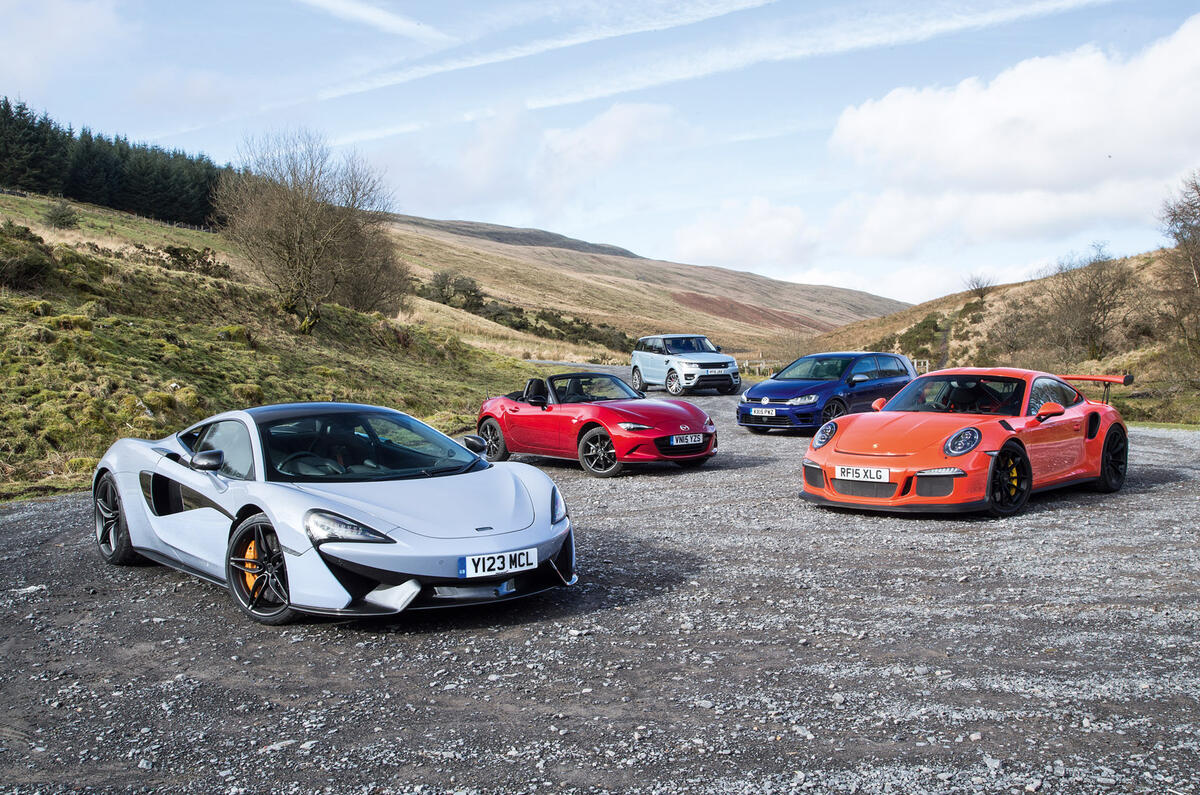

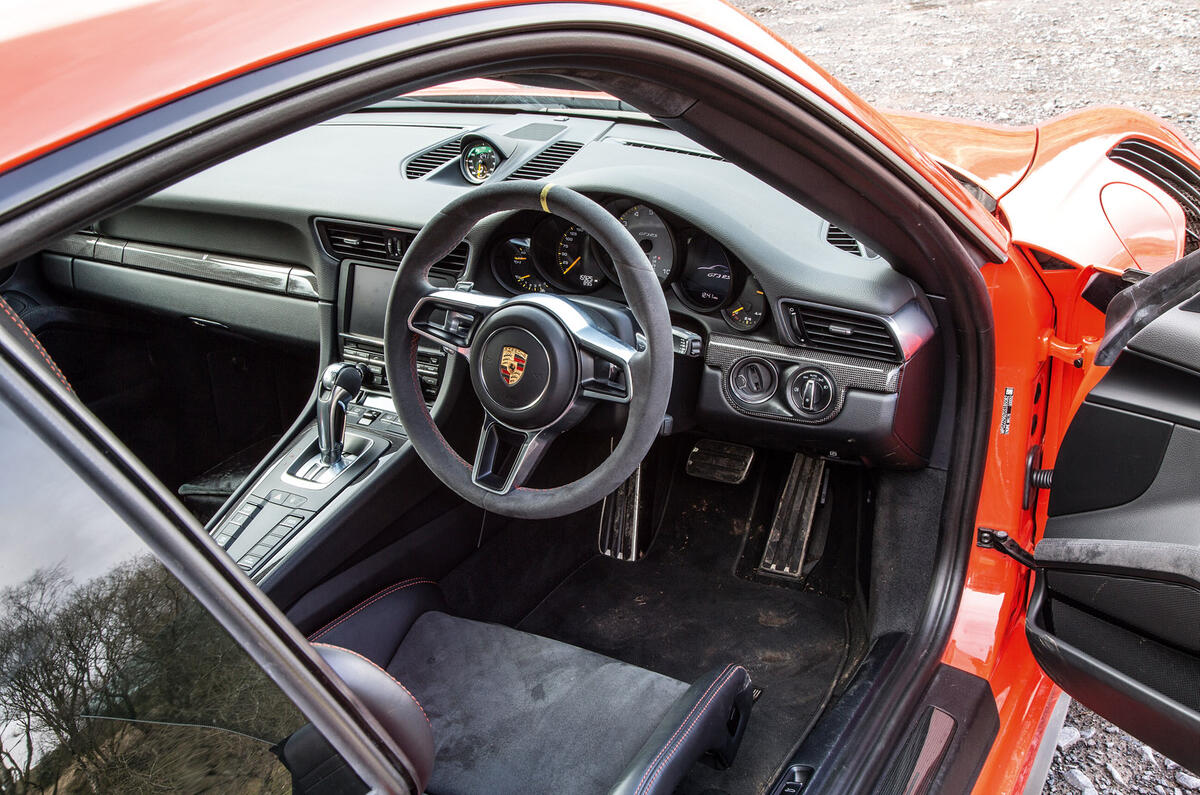
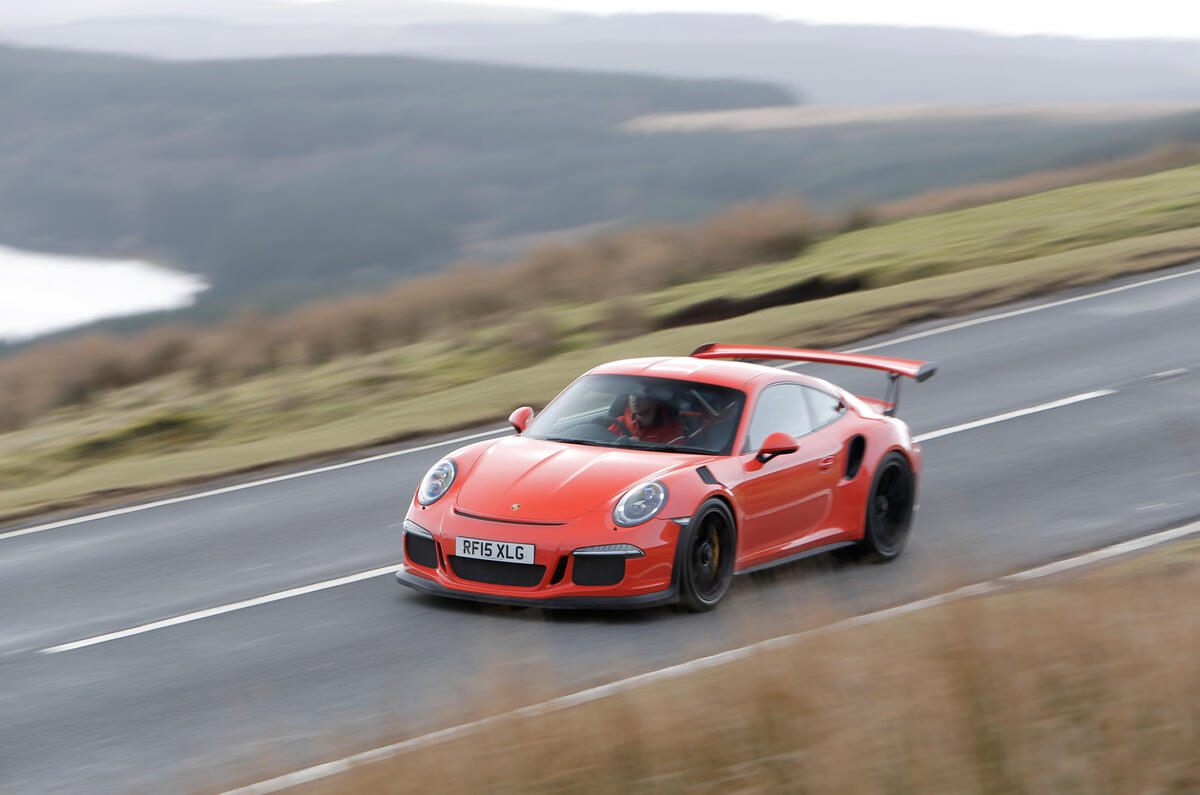


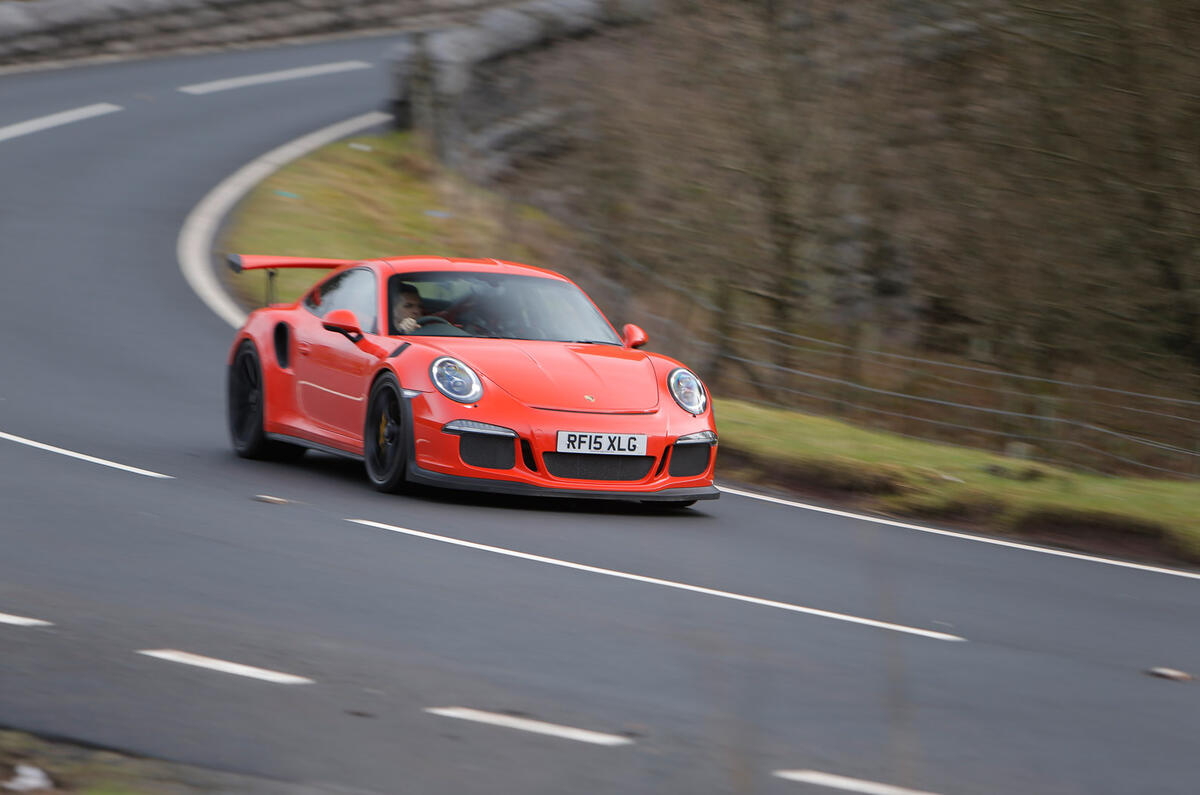
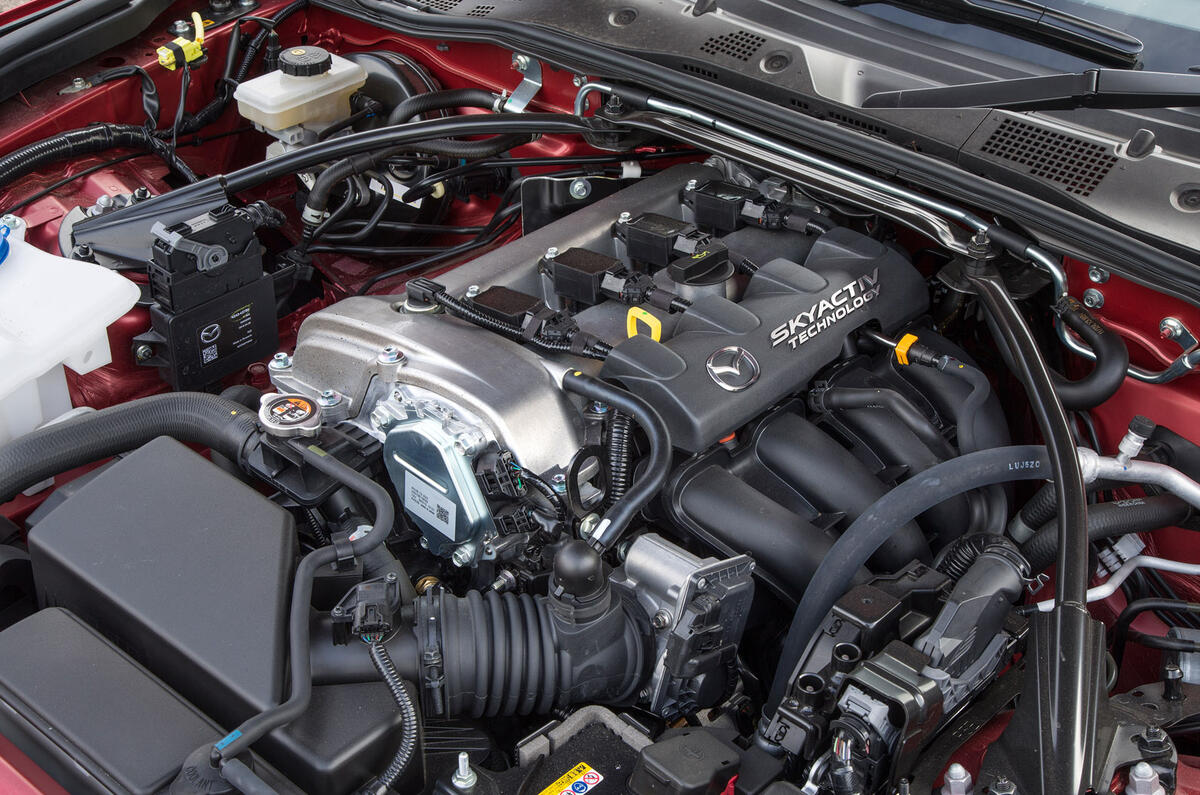

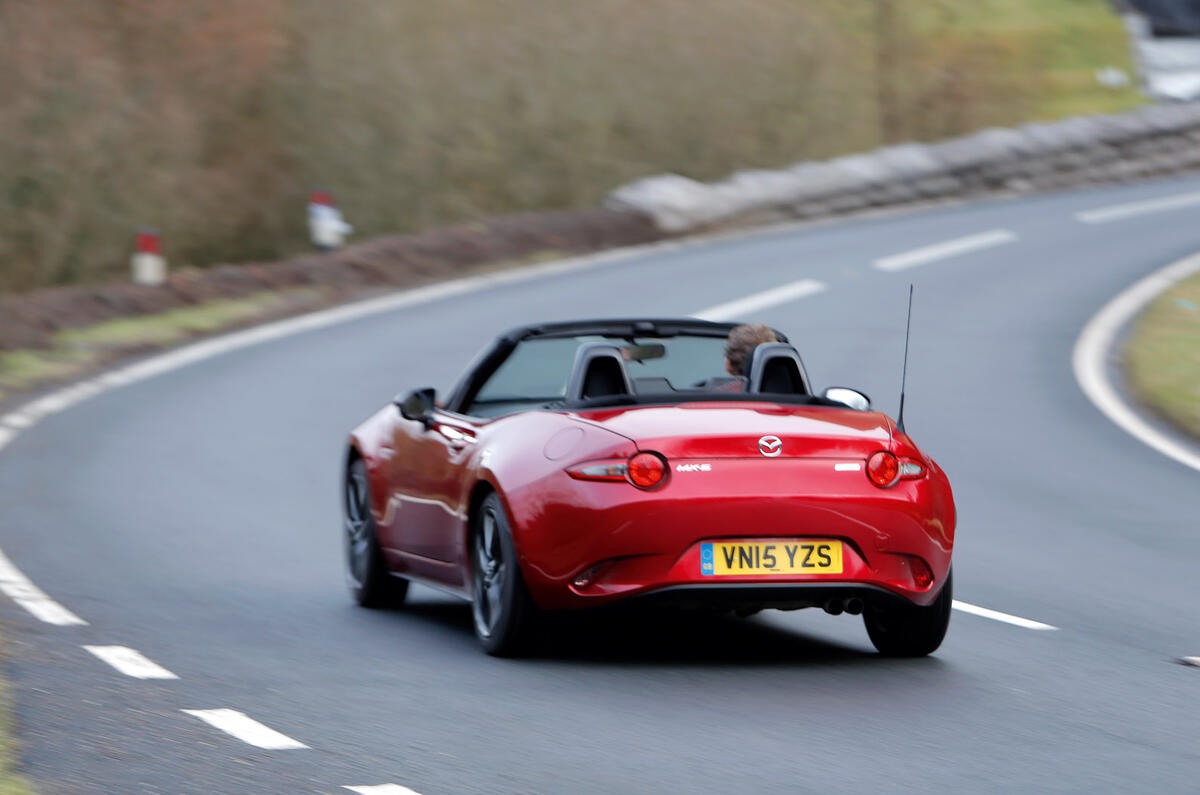
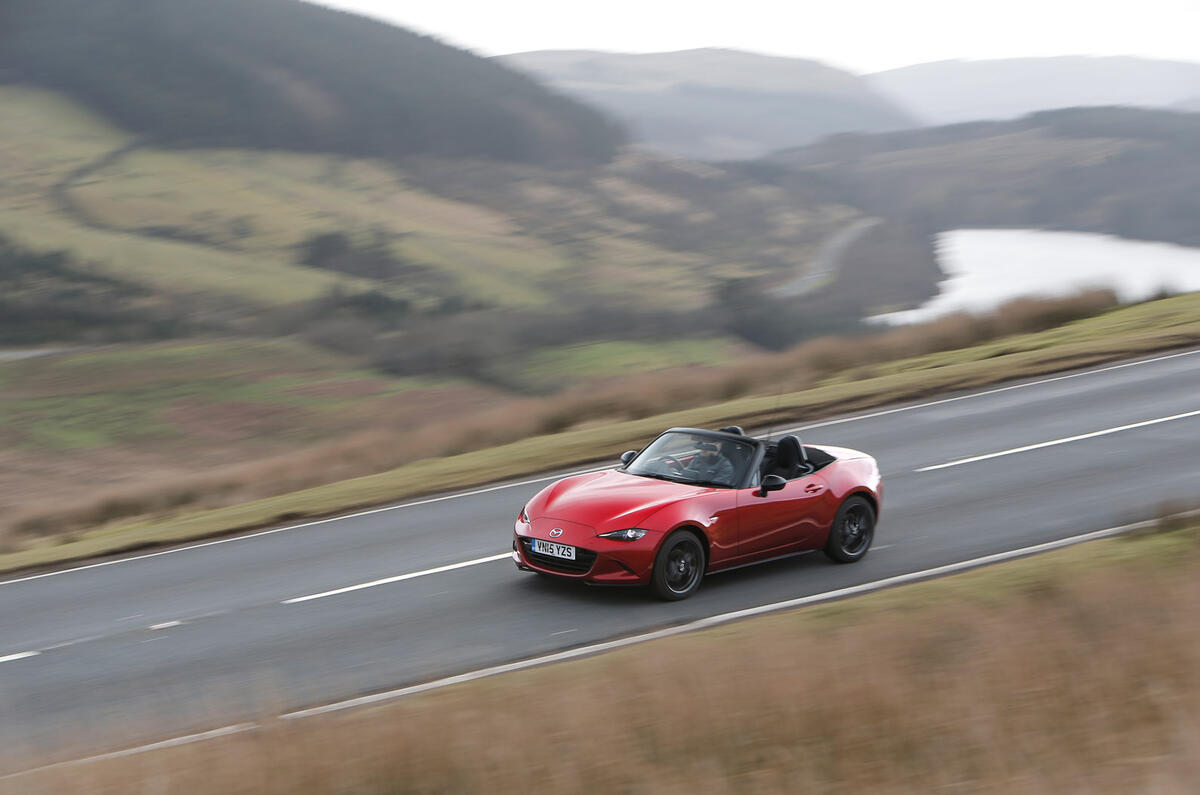
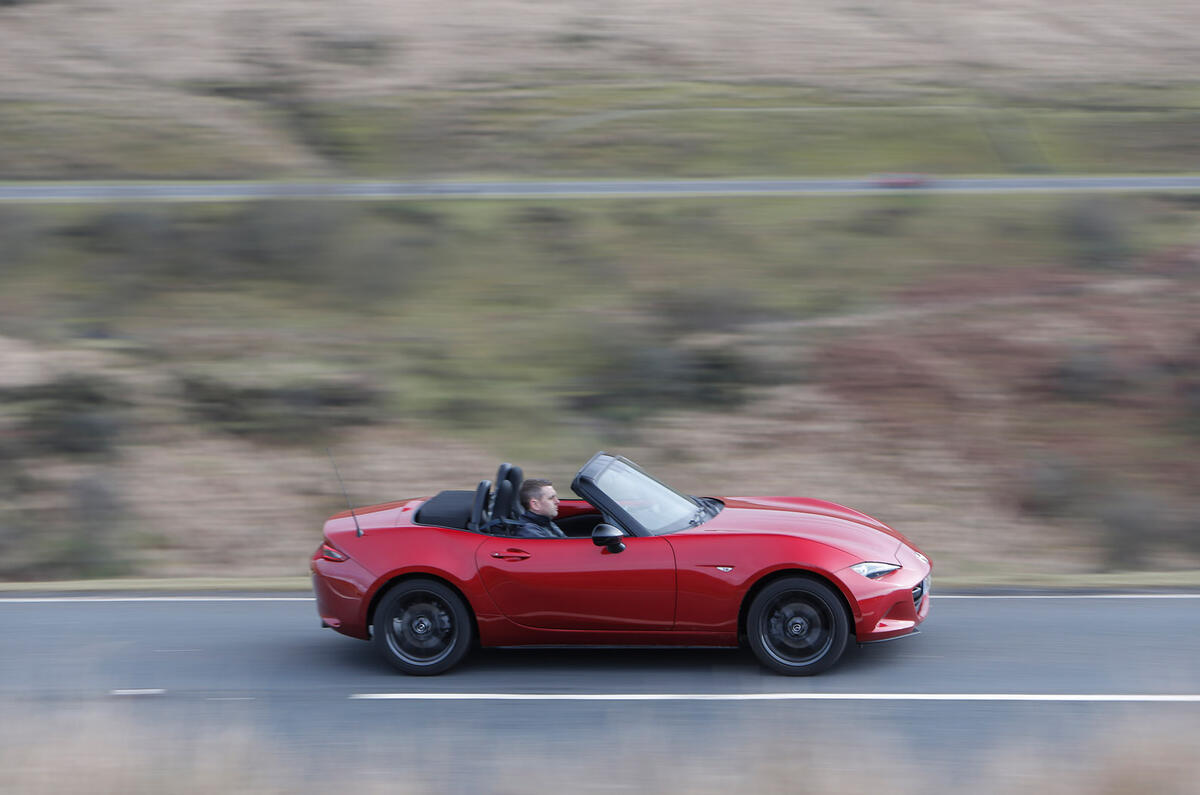
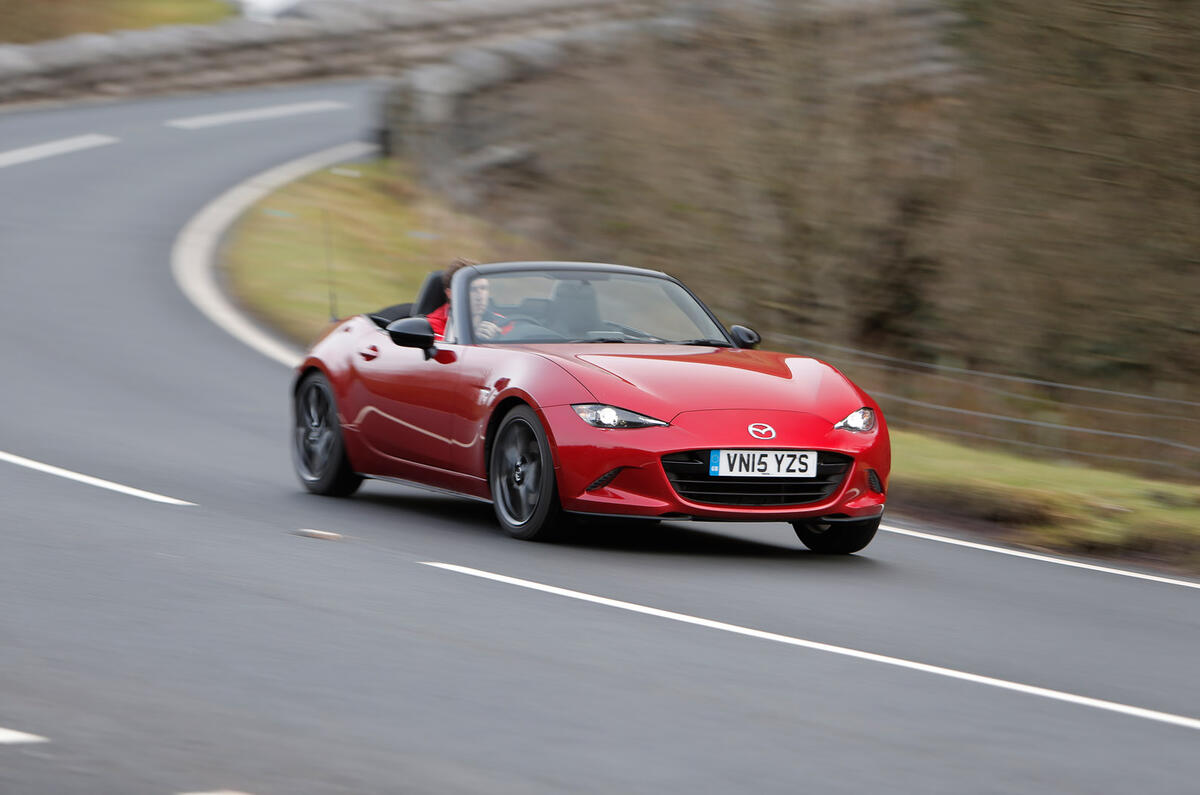
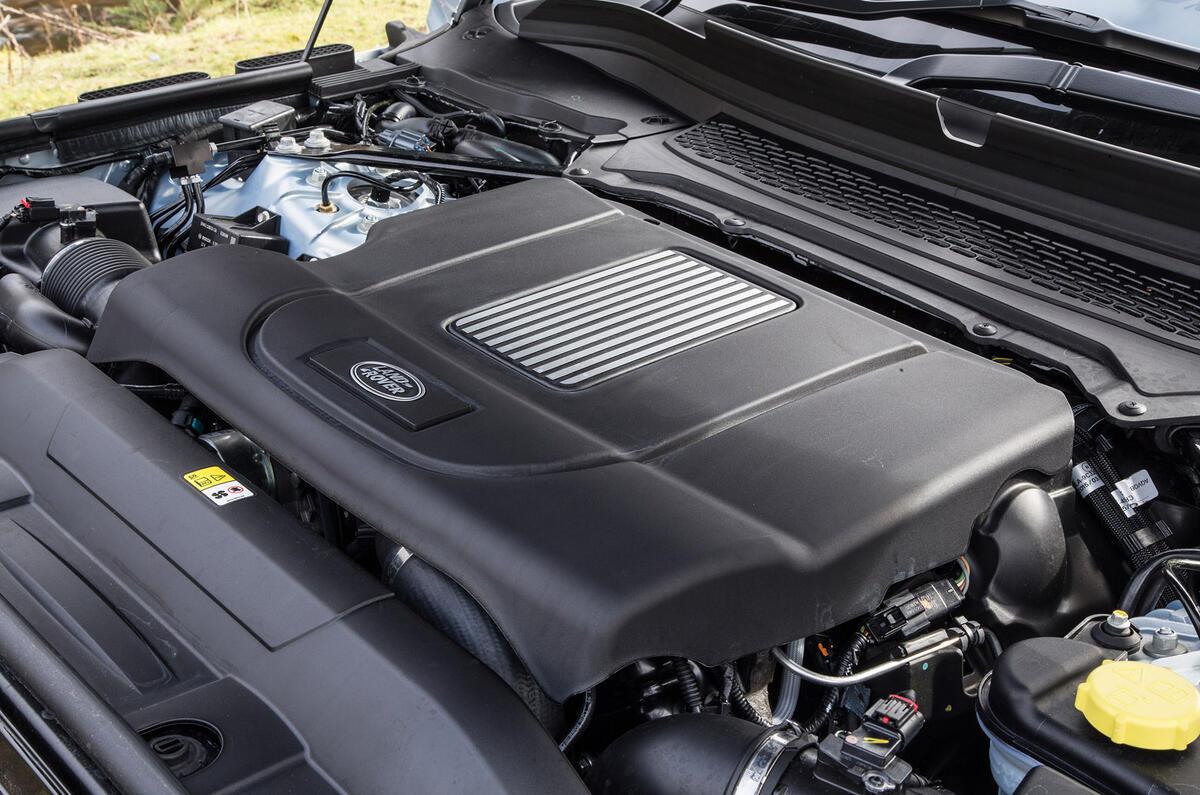
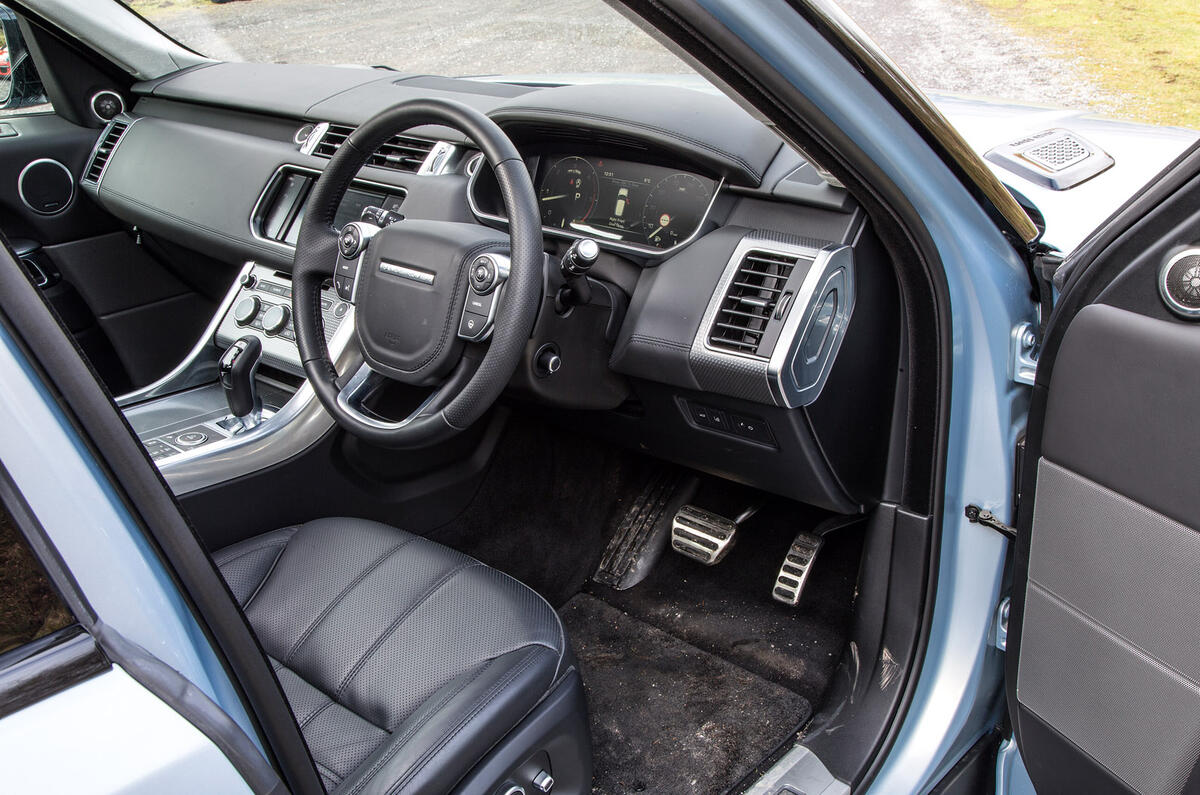
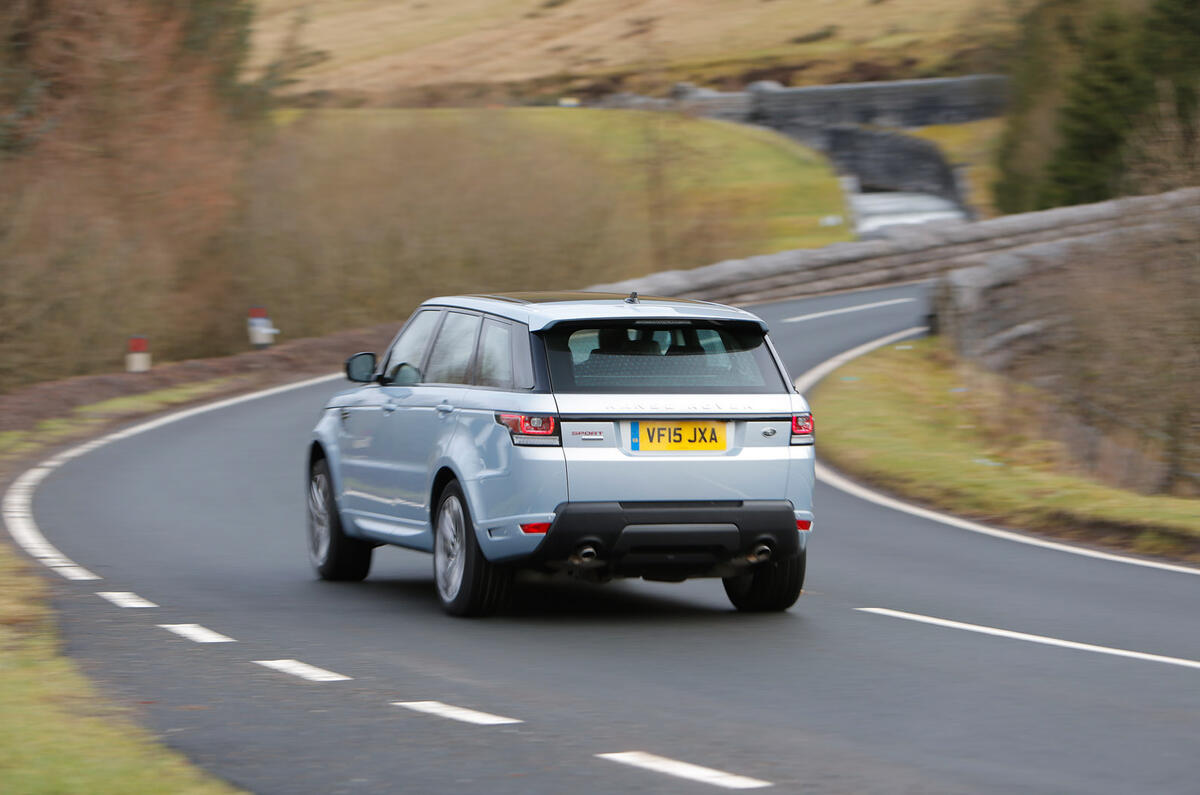
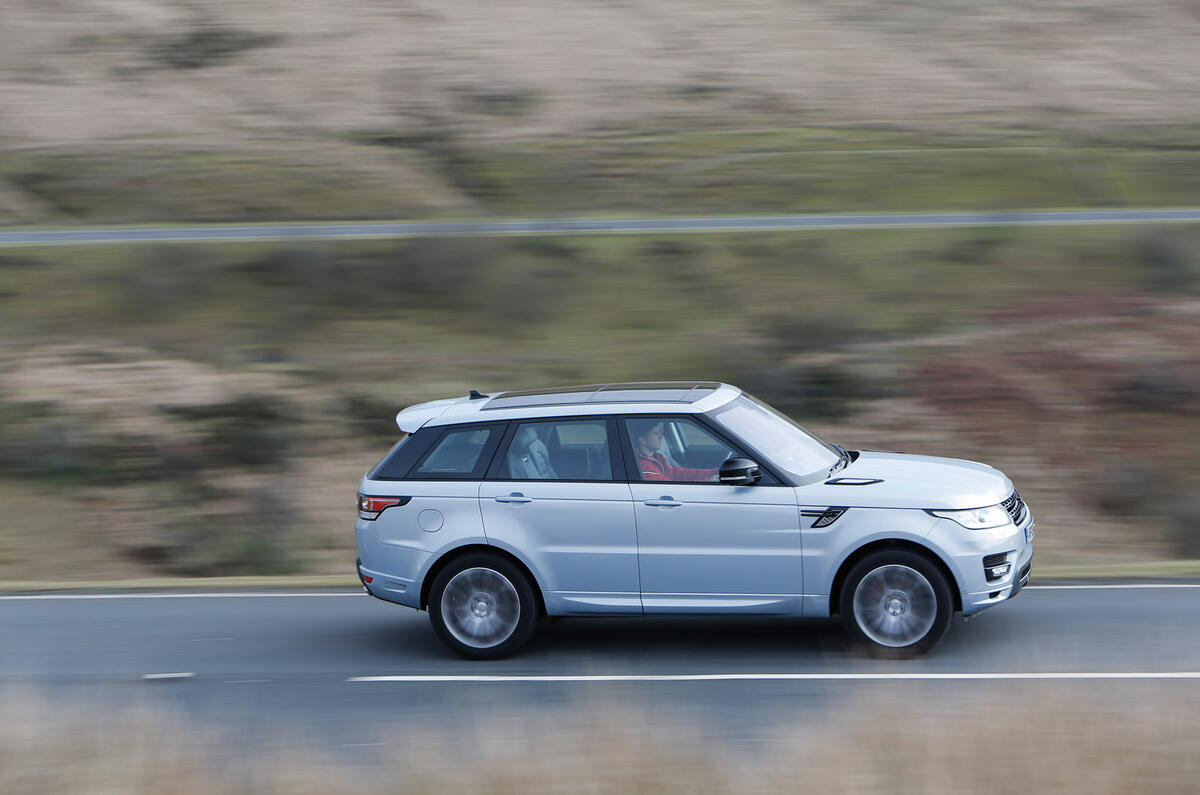
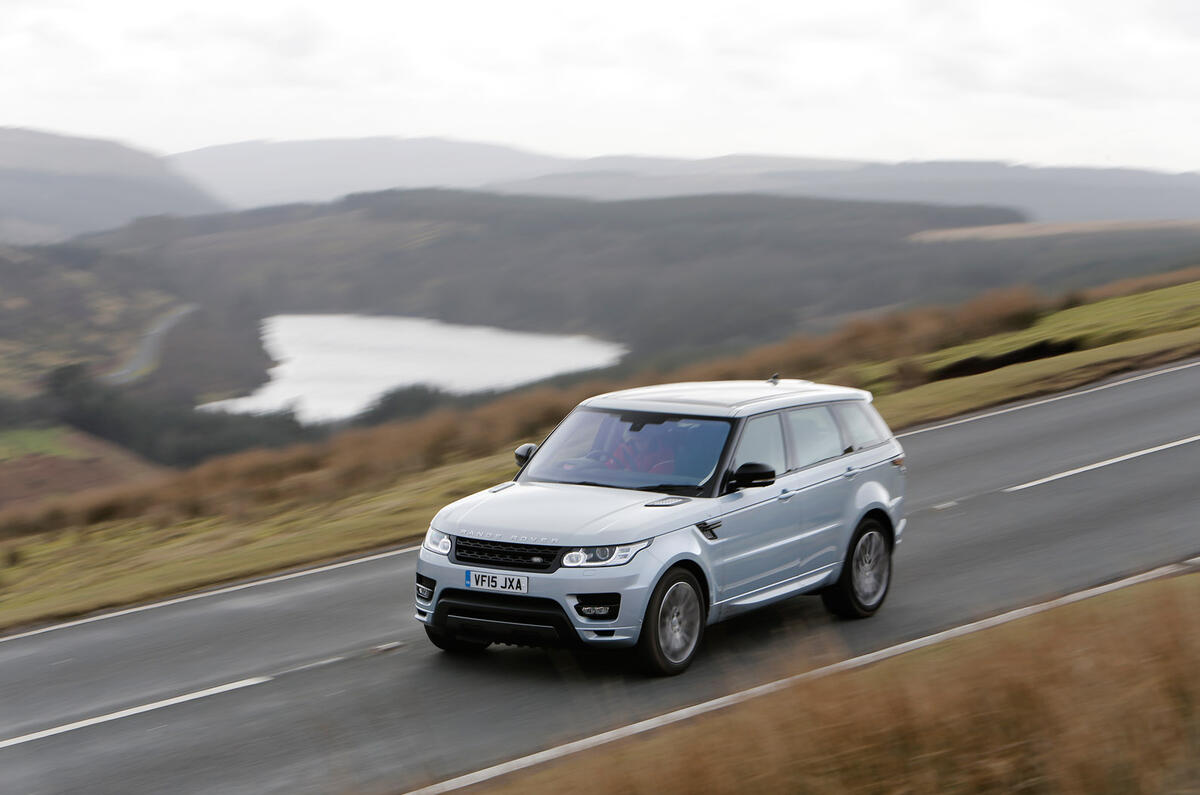
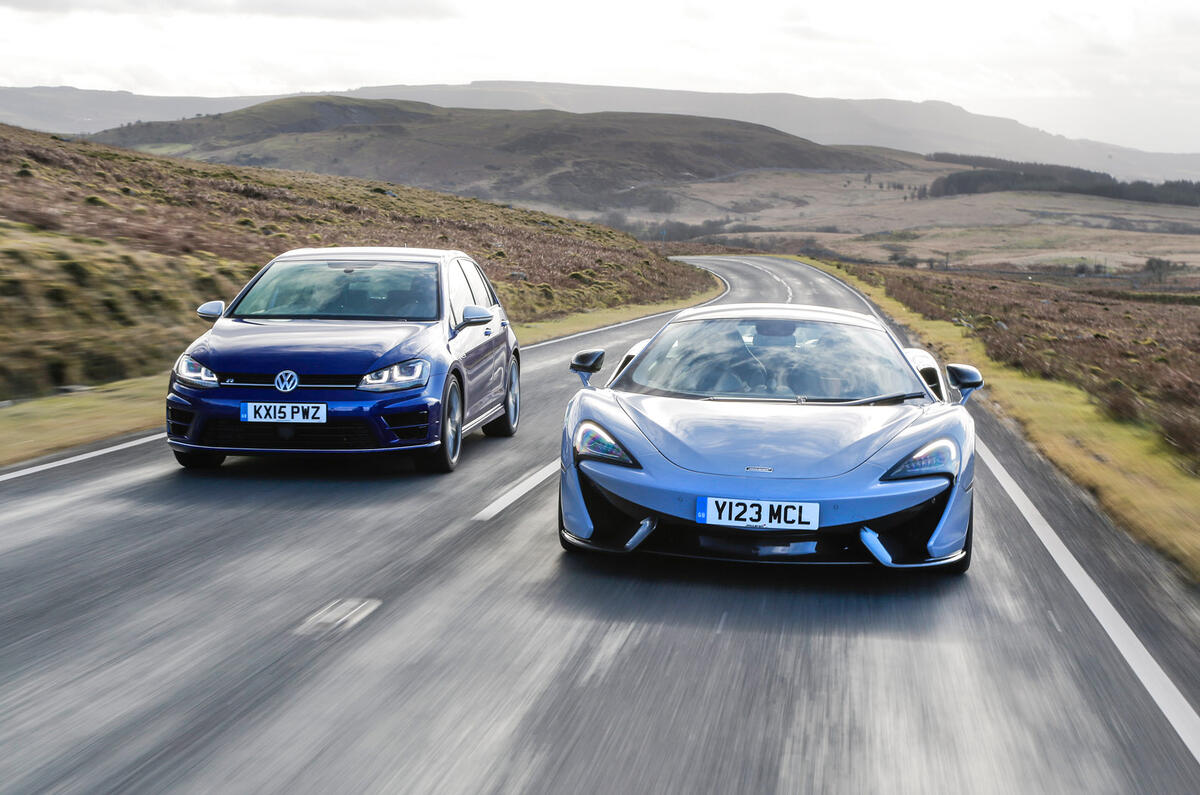
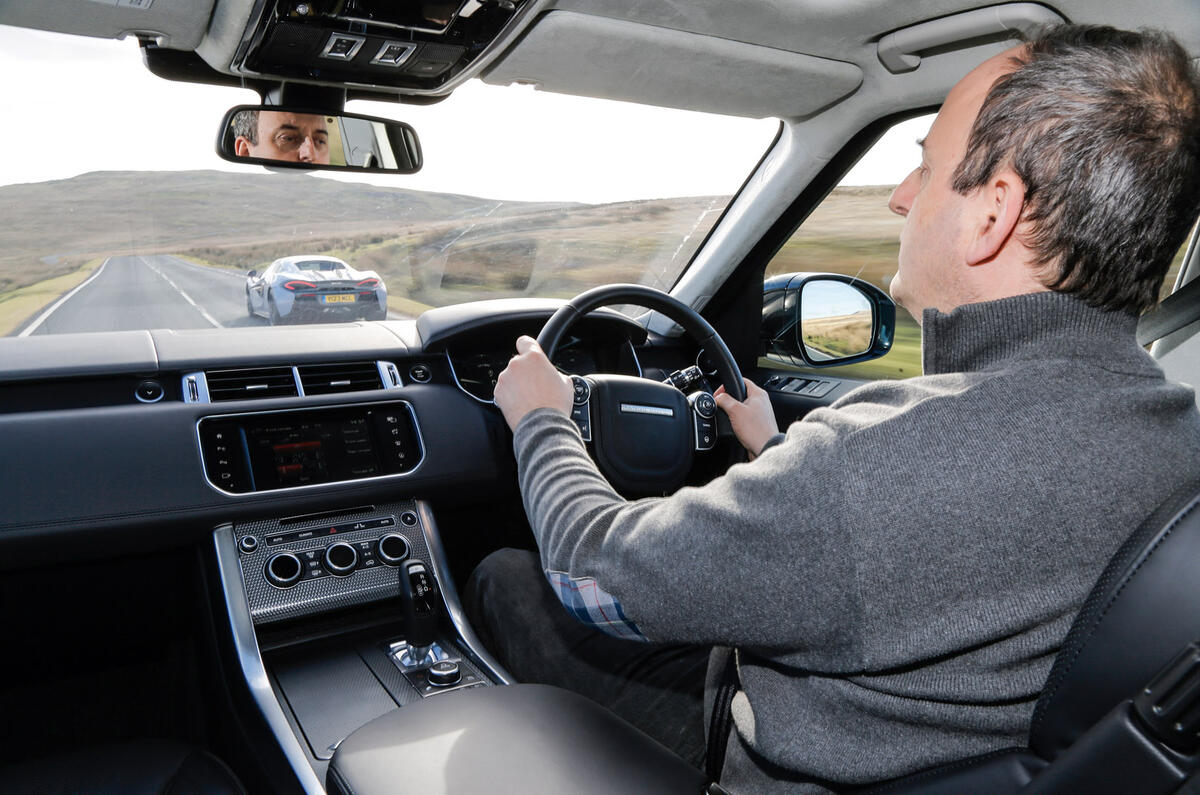

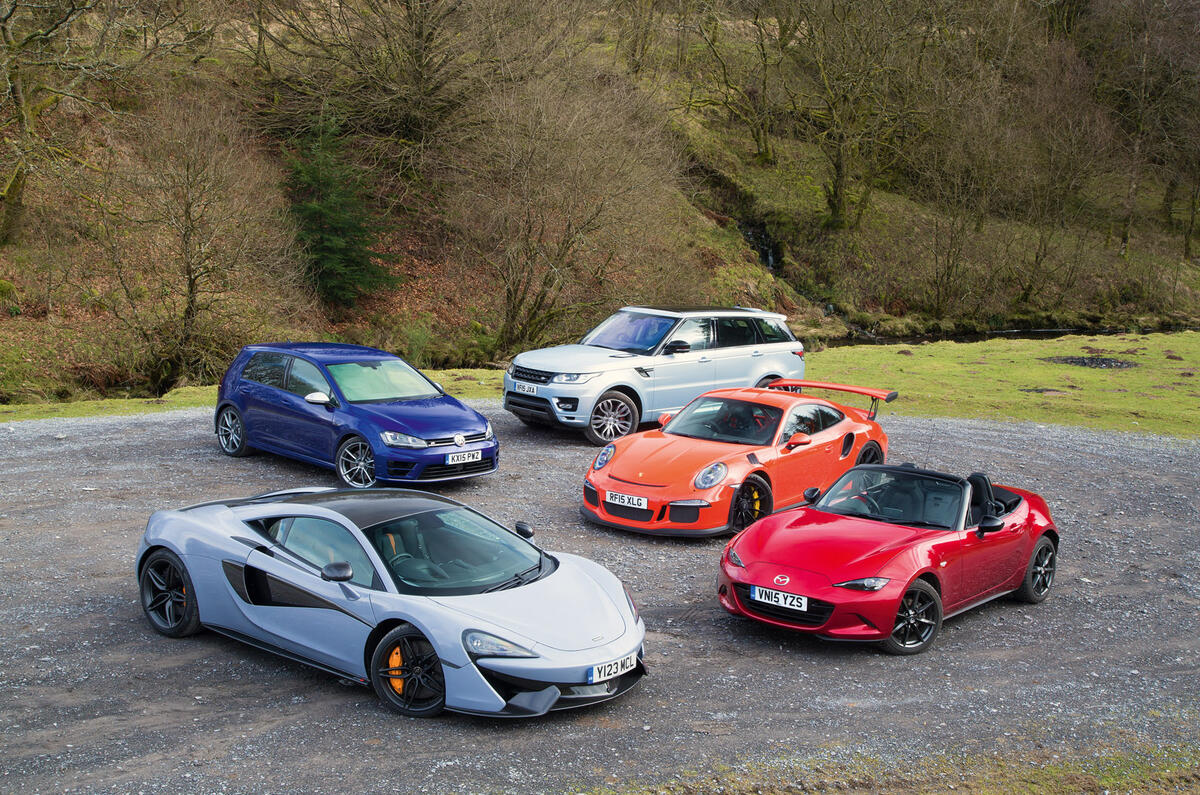

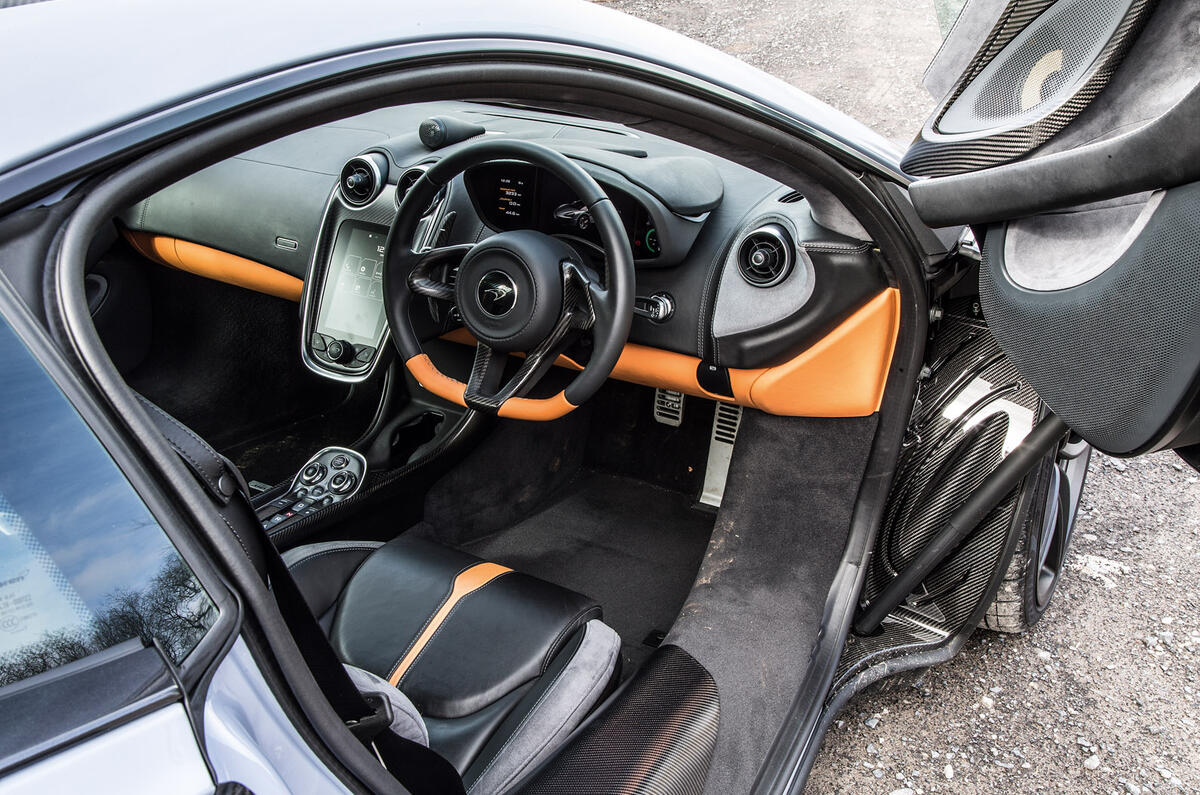
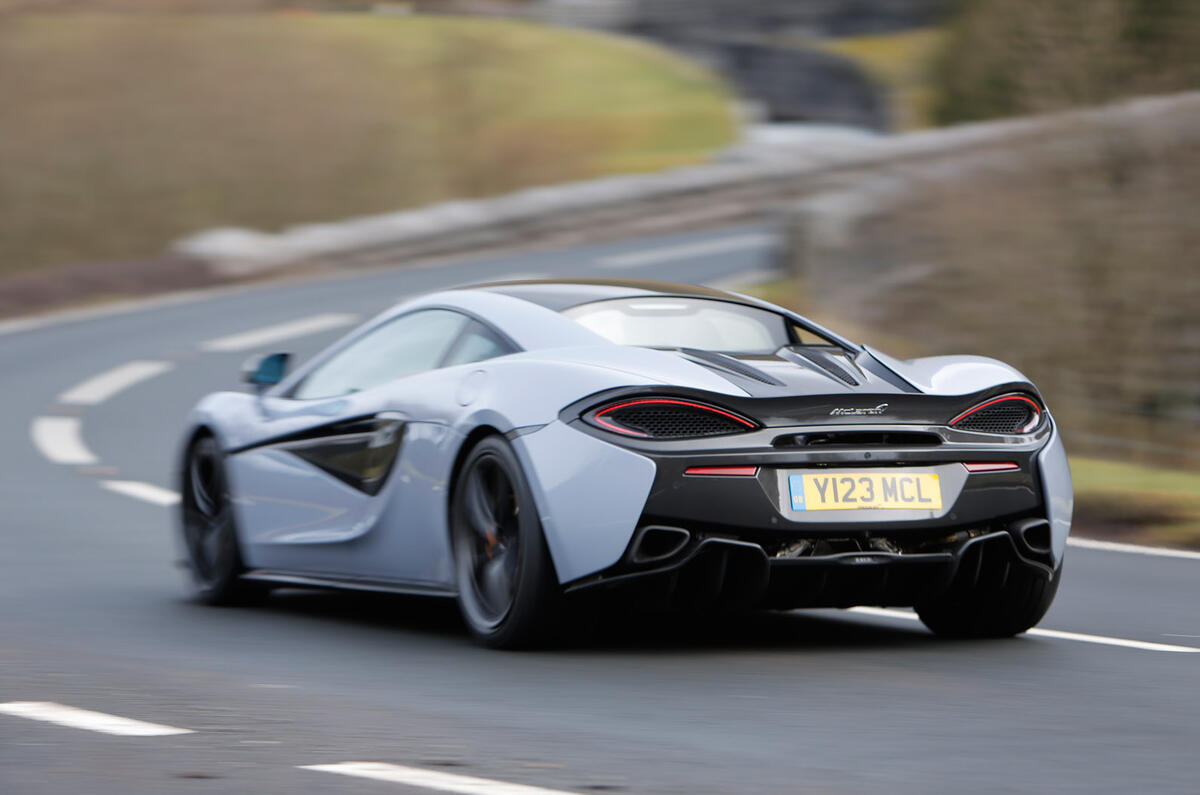
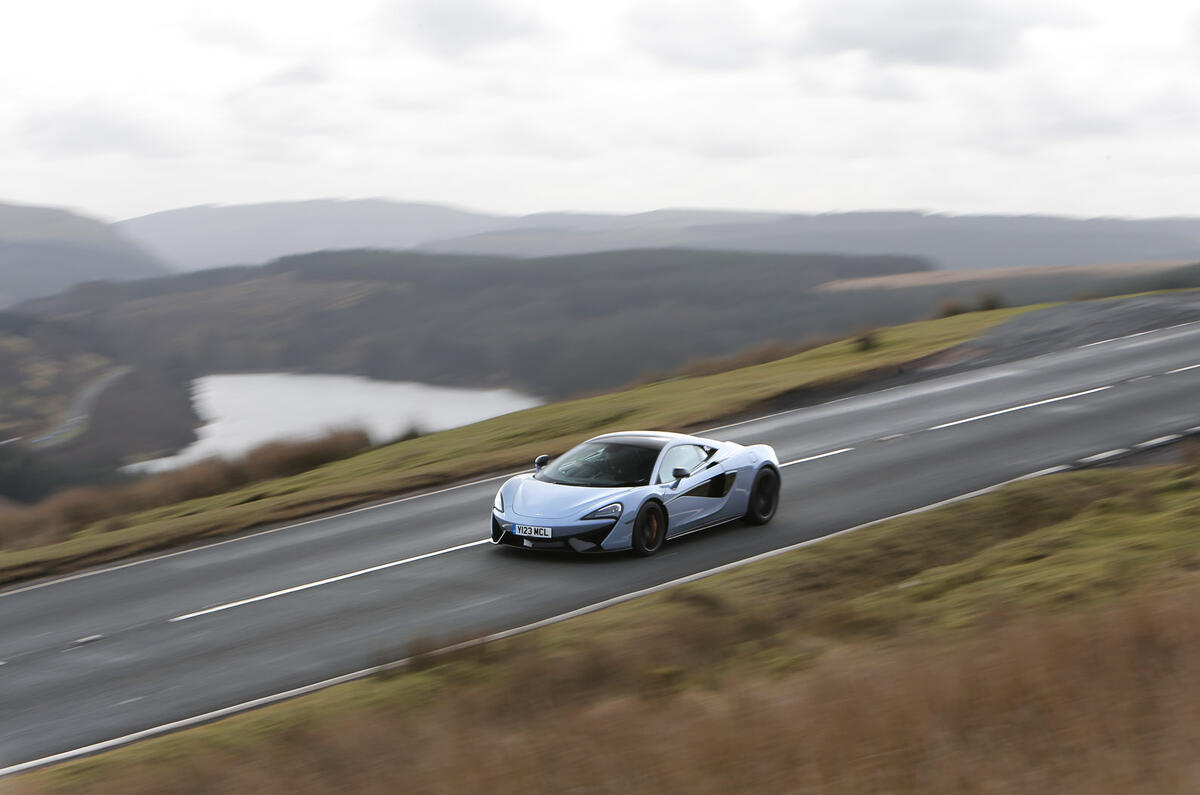
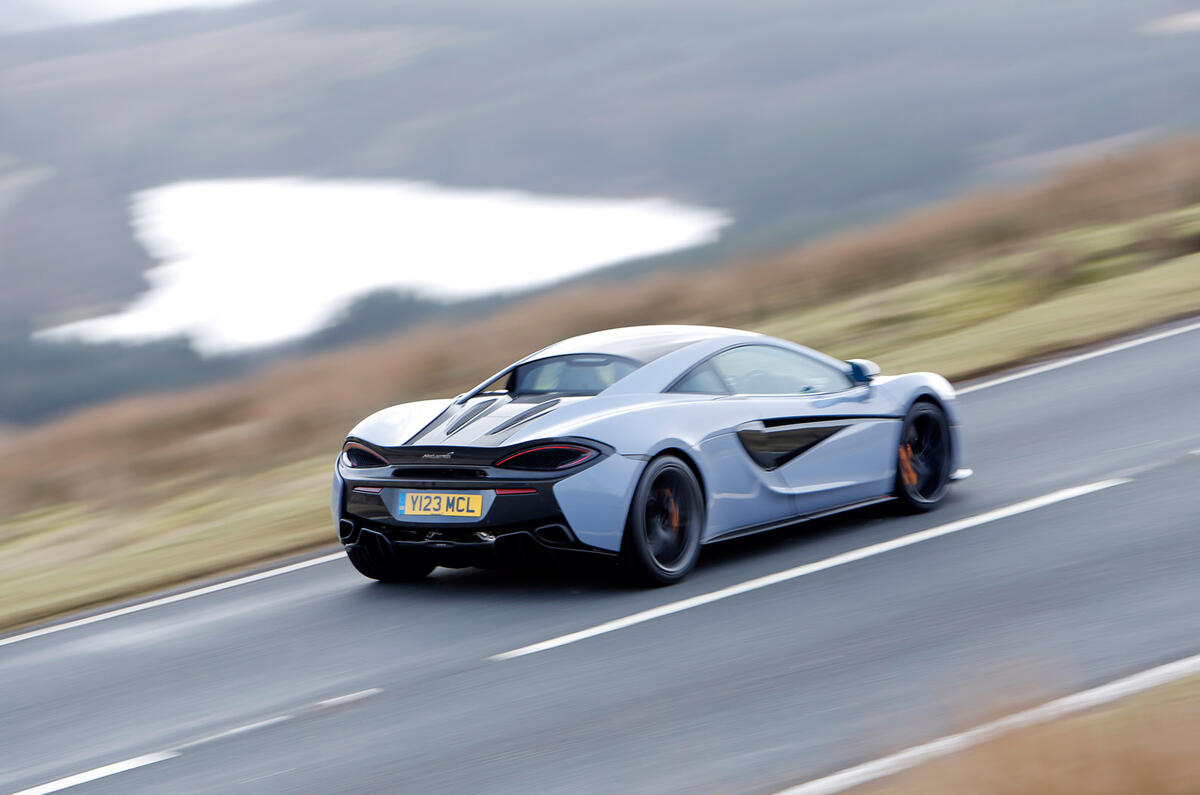
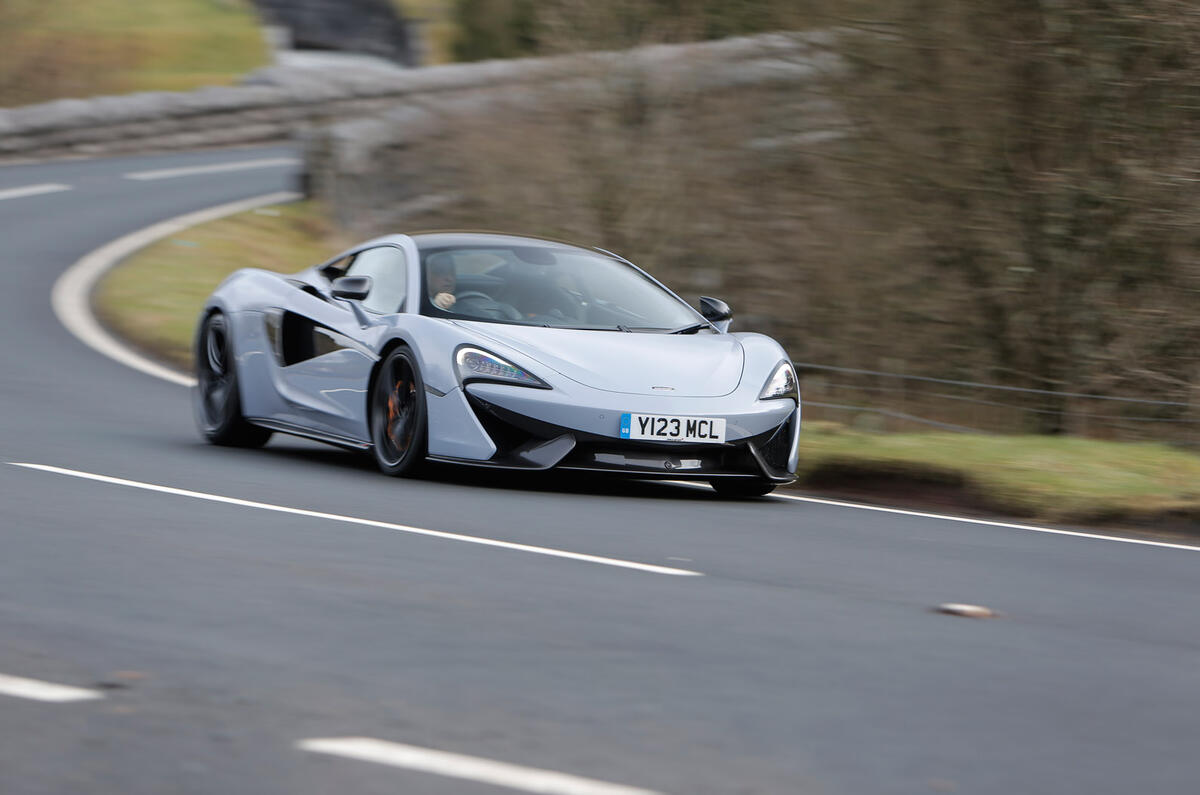
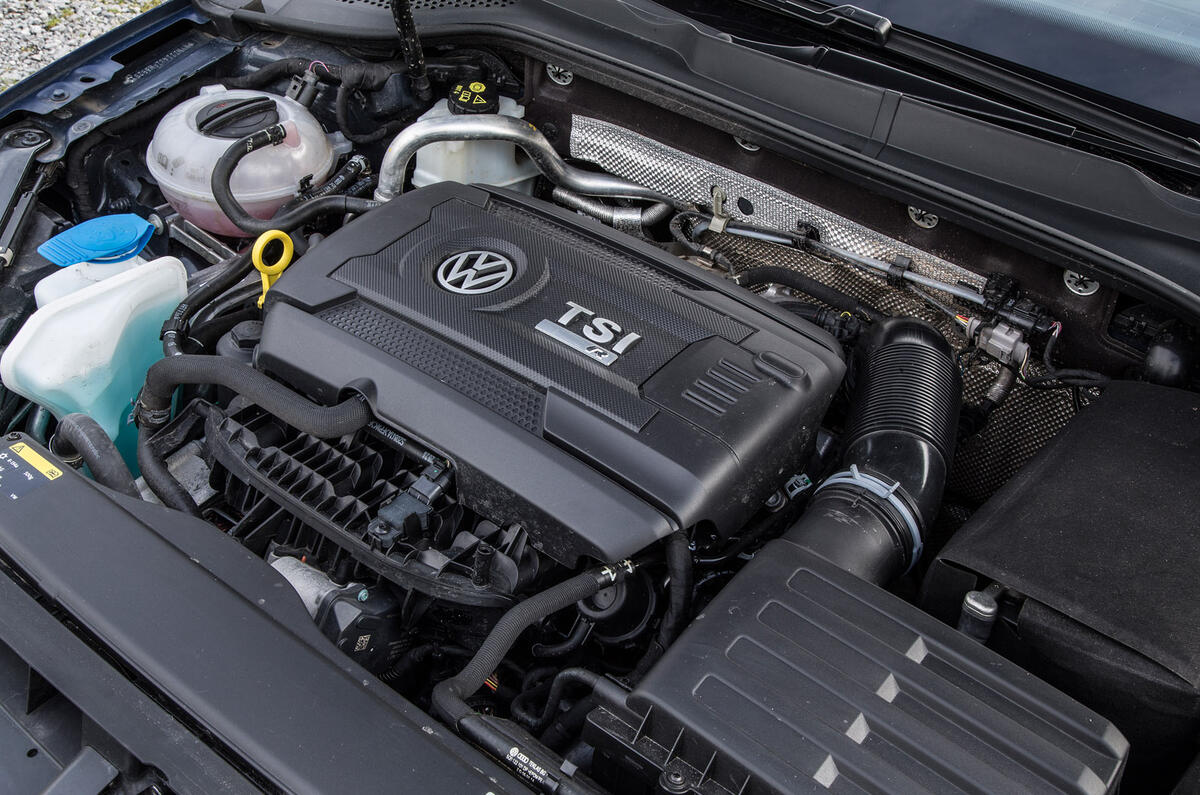
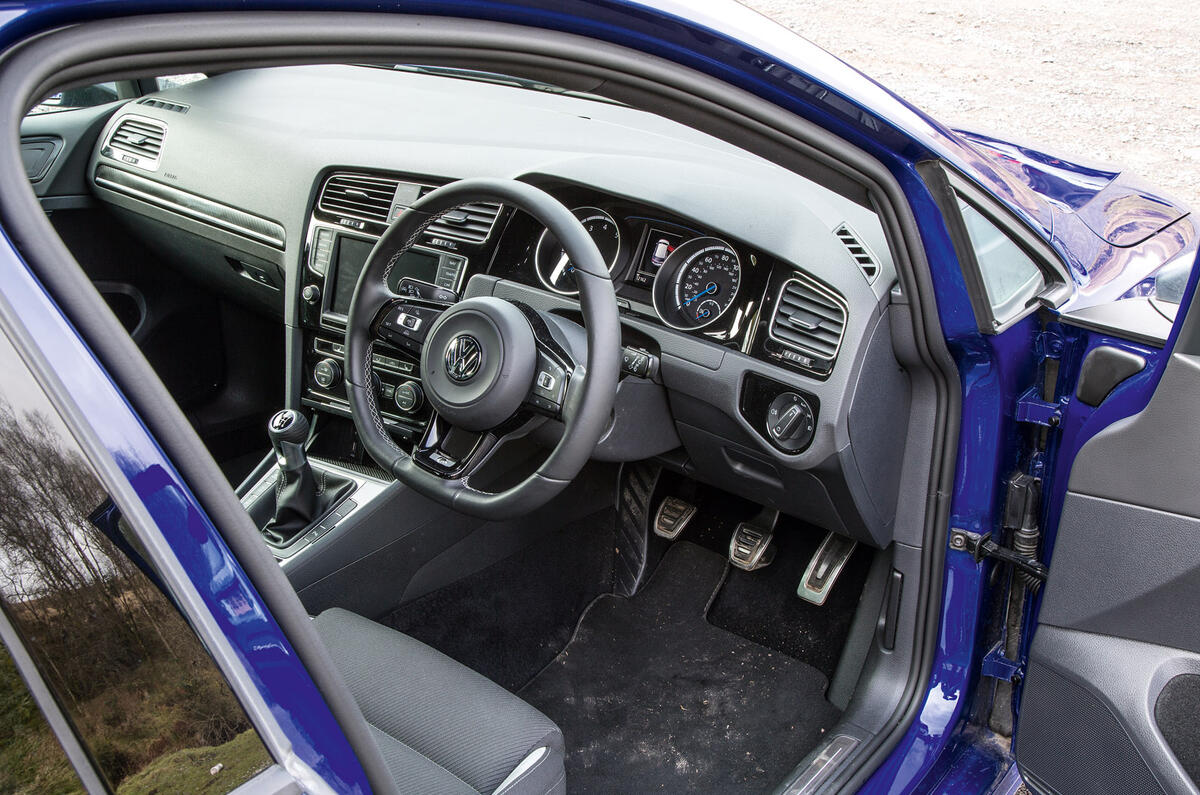
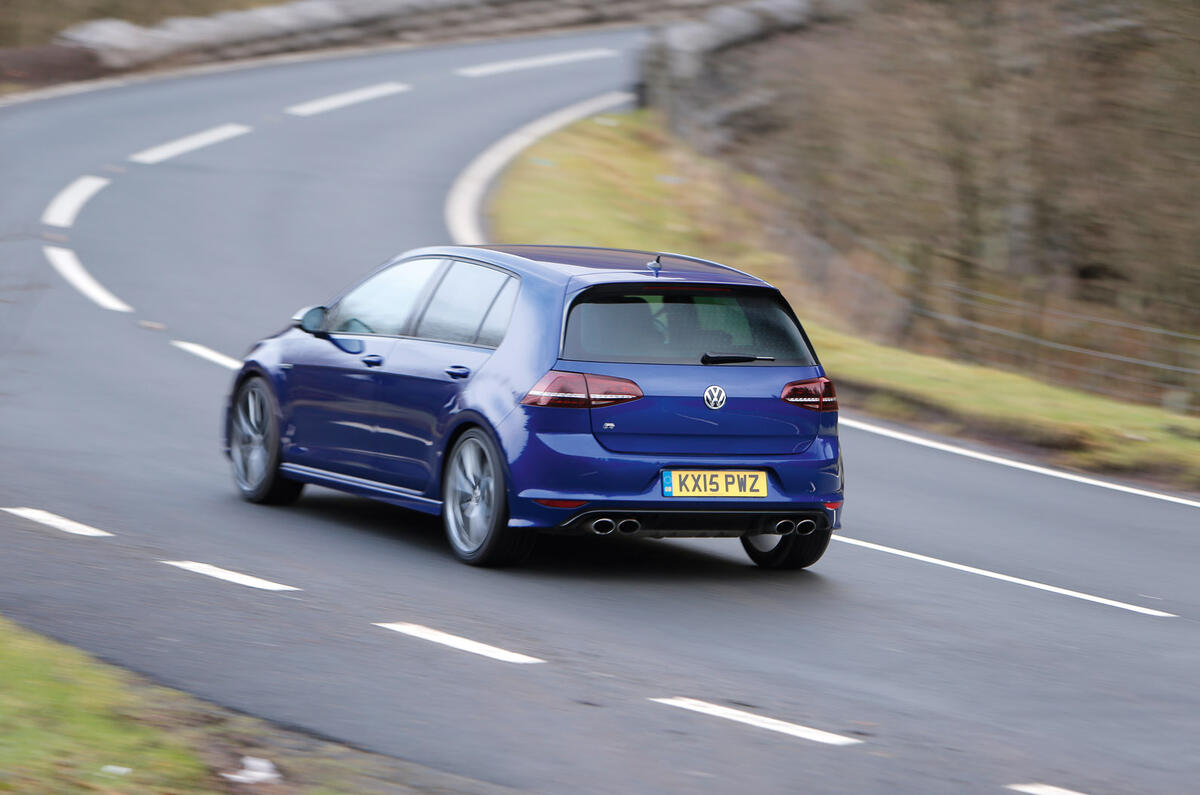
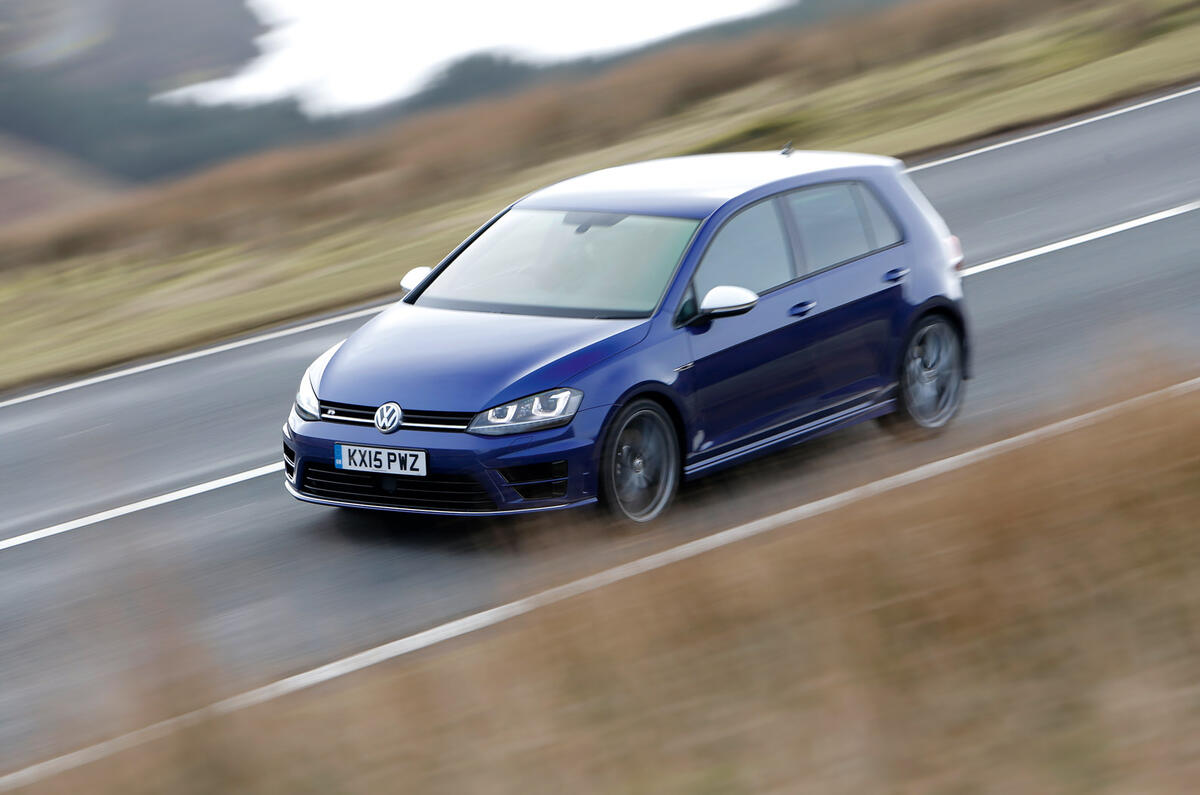

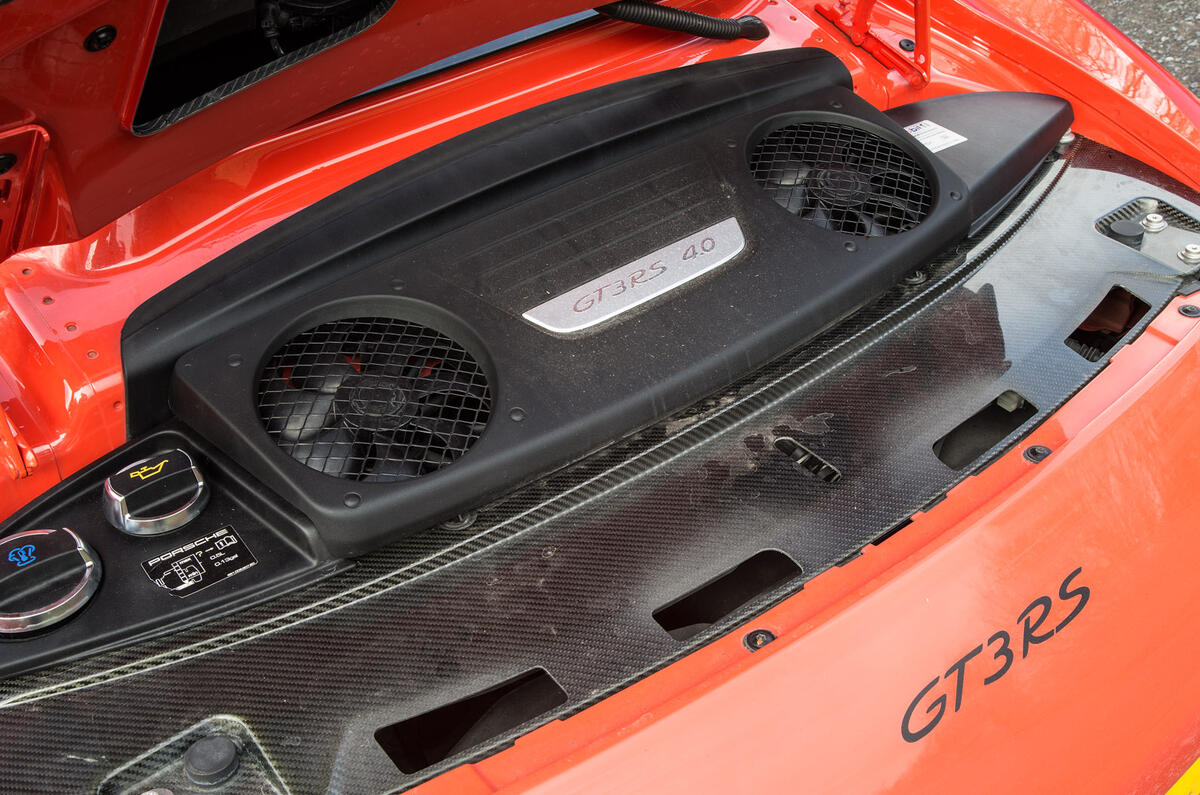


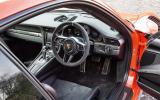





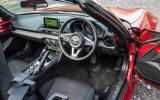





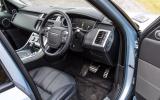














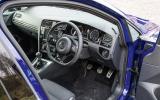



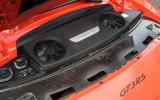


Join the debate
Add your comment
Best car?
I am sure that the McClaren is very good, but they really need to see Lotus to sort the styling out.
Best car, one that is comfortable, reliable, economical, will deal with muddy and icy roads and keeps its value. This rules out any two wheel drive.
Something like a 4x4 Skoda, then!?
Audi, Watches and Pens. Oh My!
spqr wrote: Citytiger's
I'd be interested to read if you could come up with examples of models which share the same chassis and engine, and have the same equipment, except with the sole difference of Audi using better materials and interfaces, where the price difference is £10,000. Or are you going to fall back on the old "up to" argument, and say that five hundred quid falls into the up to £10,000 bracket?
And while we are at it